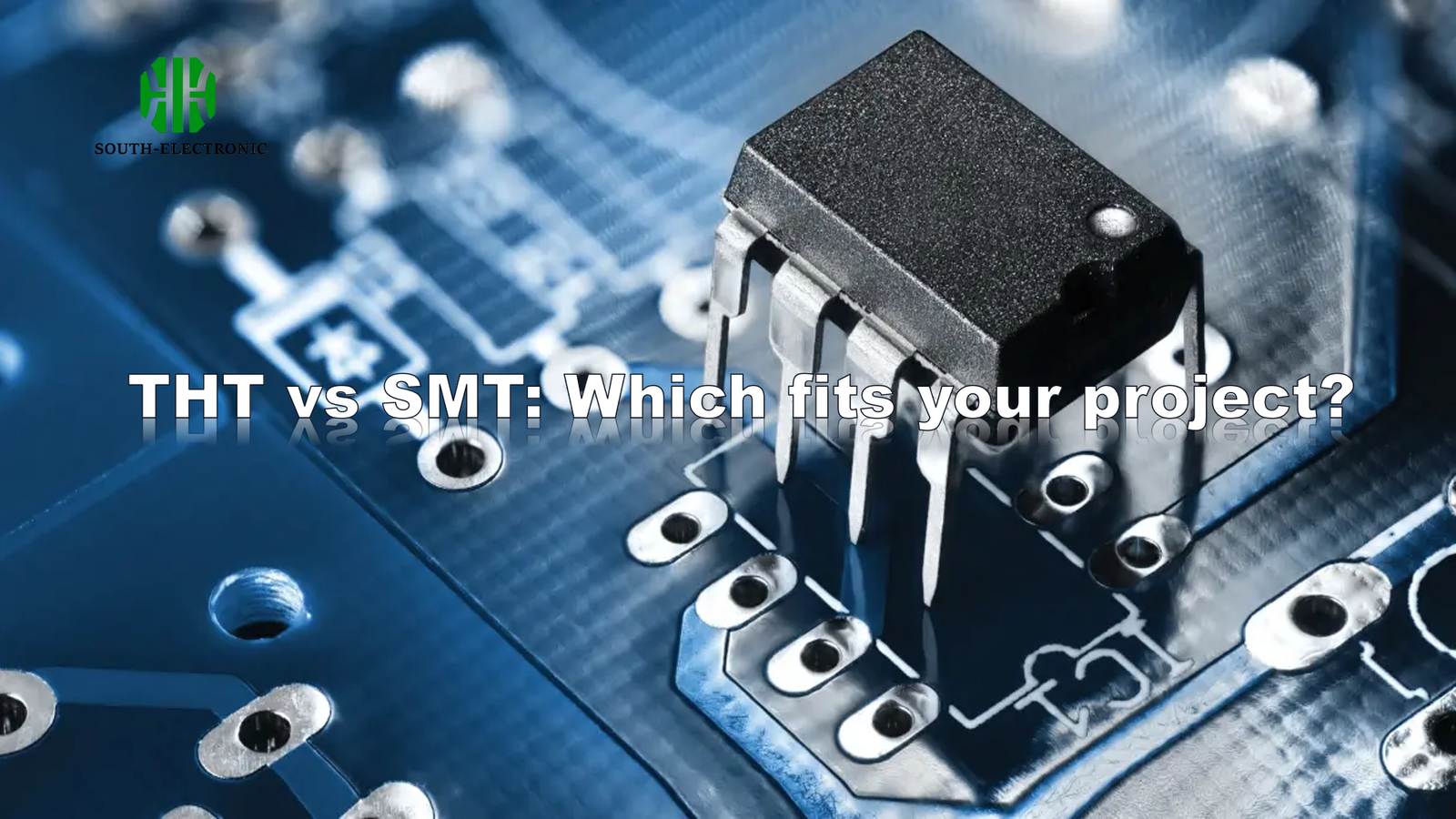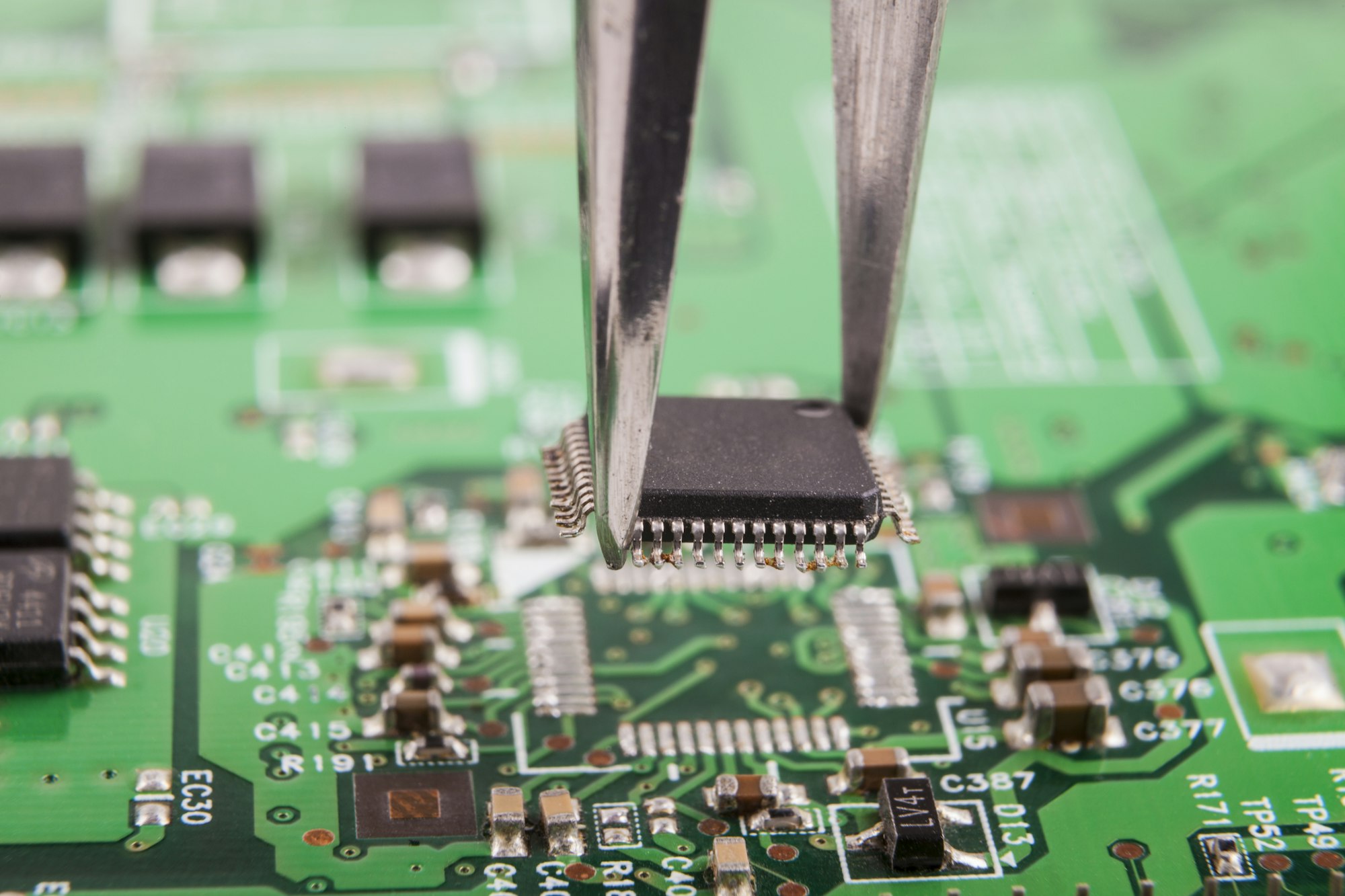Struggling with PCB selection? Your decision impacts everything. Choose wrong and risk costly redesigns or product failures. I nearly scrapped a project due to this choice.
Through-hole tech (THT) suits high-power/reliable connections for simple prototypes. For complex, compact designs? Surface mount tech (SMT) wins with faster production and lower costs. Match your project needs to avoid mistakes.

Still deciding? Both have unique perks. See how industry trends shift preferences. We’ll dive deeper into real-world applications and costs.
Where does THT work best?
Facing vibration or high heat? Traditional through hole components buckle up. They anchor deeply into boards. I rescued a motor controller using THT during thermal testing failures.
Through hole pcb connections penetrate layers physically. This provides unmatched joint strength. Ideal for mechanical stress environments like automotive systems or power supplies.

Why THT survives today
THT isn’t outdated. It solves modern problems. See three key strengths:
| Area | THT Advantage | Real Example |
|---|---|---|
| Repairability | Easy component swaps | Field technicians fix gear quickly |
| High Power | Handles heat/current | Amplifiers avoid solder meltdowns |
| Prototyping | Manual assembly friendly | Breadboard testing without special tools |
Mechanical bonds last decades. I use THT connectors in marine equipment. Saltwater corrodes surfaces but leads survive. Thermal expansion? Through hole components absorb stress across layers. SMT pads crack first. DIY projects love THT too. Hand-solder resistors or capacitors simply. Just match hole sizes. But THT has limits. Density suffers when projects shrink.
How do THT and SMT affect your budget and production?
Shocked by assembly quotes? I canceled a batch after seeing SMT setup fees. Volume changes everything. Low quantity orders cost more with surface mount pcb boards.
Initial SMT costs include stencil/fixtures. High volumes? SMT beats THT speed/pricing. THT has cheaper low-volume setups but slower manual labor.

Budget breakdown strategies
Three factors reshape your spending:
| Factor | THT Impact | SMT Impact |
|---|---|---|
| Setup | Minimal tooling fees | High stencil/programming cost |
| Scale | Linear labor increase | Automated scaling discounts |
| Waste | Higher per-unit material | Component shortages hit harder |
THT simplifies small builds. I made 50 sensors using $20 hand tools. SMT requires solder paste machines. Ordering 10,000 units? Robotic SMT lines win. They place 50,000 surface mount components hourly. Labor dominates THT pricing. Pay per inserted component. SMT charges per setup hour. Watch component availability too. Older through hole resistors cost more now. Suppliers focus on popular surface mount sizes.
SMT vs THT today: How does miniaturization affect prototyping/repair?
Holding a micro-drone? Parts hide under lenses. I damaged three boards prying off SMT chips. Shrinking devices reshape repair rules forever.
Surface mount technology won the size war. But THT maintains repair advantages. Precision tools bridge today’s accessibility gap.

Repair evolution in shrinking tech
Confront these reality shifts:
| Challenge | SMT Reality | THT Edge |
|---|---|---|
| Visibility | Microscopes required | Naked-eye alignment possible |
| Tools | Hot air stations essential | Basic soldering irons work |
| Error Margin | 0.3mm placement tolerance | Forgiving hole positioning |
| Rework | Component graveyards common | Socket replacements easy |
SMT parts vanish in gadgets. Watch micro-BGA packages under processors. I use digital microscopes daily. Tweezers and steady hands become vital. Replacing surface mount components needs patience. Lift one pad and the board dies. THT allows simple fixes. Swapping a bad component? Just melt one joint. Don’t fear miniaturization though. Modern tools equip workshops. Specialized nozzles save space-packed projects every day.
Conclusion
Pick through hole for robust prototypes. Use surface mount for optimized production. Match your project scale and toughness needs perfectly.



